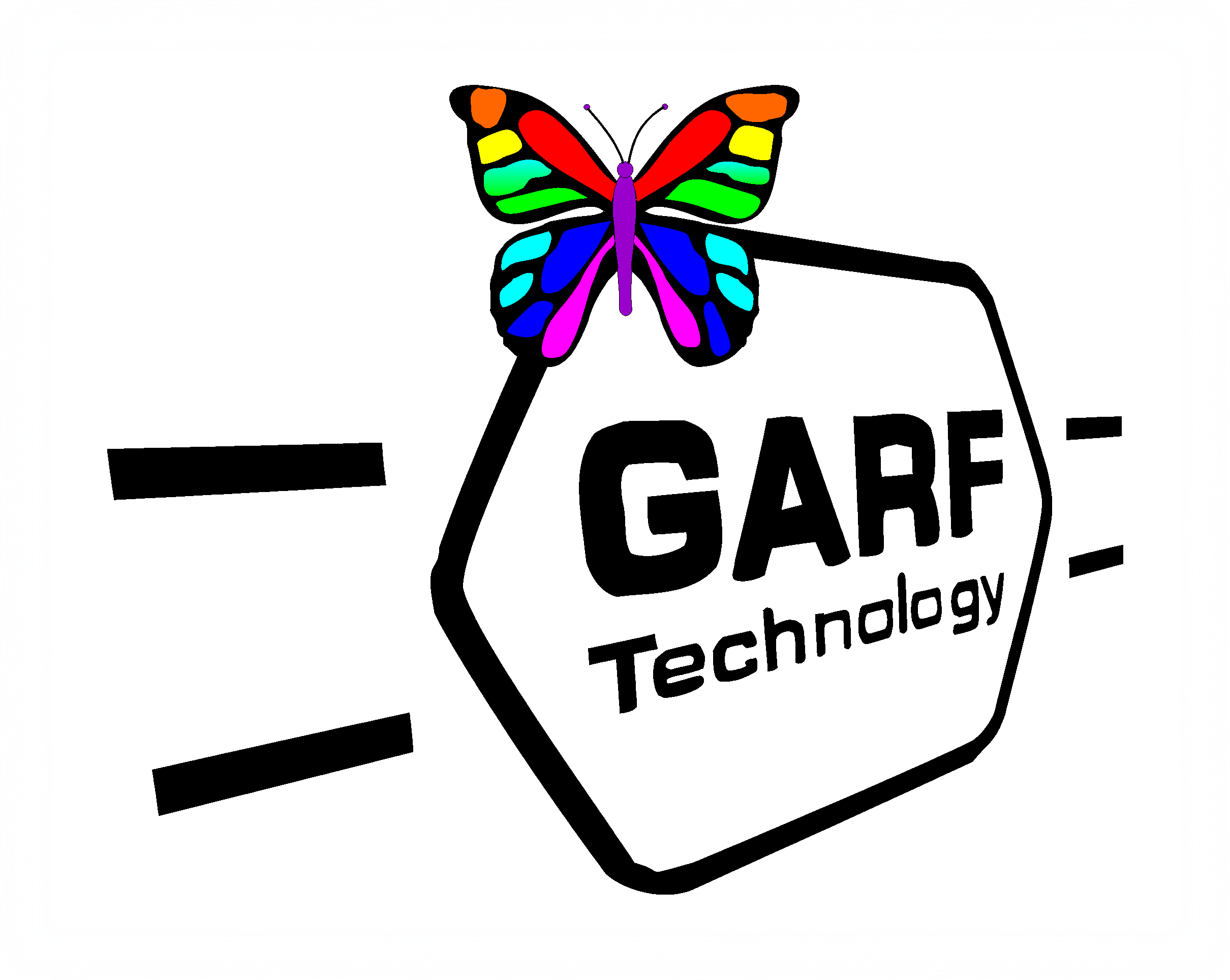The Open Source Revolution
This is a whistle-stop tour of the rapidly changing world of open source software. It is intended to give you an idea of some of the arguments in favour of open source software. Obviously open source has its critics too. However this article does not cover these criticisms. If you are interested in the counter arguments then please visit the Microsoft FUD (fear uncertainty & doubt) site, amusingly entitled “Get the Facts”.
What is open source software?
Quoting Opensource.org: “The basic idea behind open source is very simple: When programmers can read, redistribute, and modify the source code for a piece of software, the software evolves. People improve it, people adapt it, people fix bugs. And this can happen at a speed that, if one is used to the slow pace of conventional software development, seems astonishing.”
Why should my organisation consider open source software?
Open Source software could save you a lot of money!
- Open source software can be both higher quality and more cost-effective than comparable proprietary products. Links to some successful open-source-based web projects I have been involved with personally can be found at…
- http://www.wessex.org.uk/dental/projects/
What are the advantages of open source over proprietary products?
- Development tools are much cheaper – often free.
- More openly documented – open source developers tend to be more honest about their products’ shortcomings.
- Standards-based – offering high level of compatibility with existing systems.
- More secure – certain popular proprietary products are notorious for their security flaws.
- More flexible – in my case, my web systems will run on any operating system, not just Microsoft Windows.
- Faster development – end-user products can be developed much more quickly.
- More appropriate – products can be built and configured exactly as people need them.
Is open source software also open to hackers?
No! The better quality open source software is standards-based. Its bugs are a matter of public record and therefore tend to get corrected quickly due to feedback from the open source community.
- Proprietary software manufacturers tend to be rather slower to admit security problems and the quality of their source code cannot be examined publicly. So open source products can actually be more secure than comparable proprietary products.
Do I have to dump all my proprietary Microsoft (MS) software in order to “go open source”?
No! This can be an evolutionary rather than a revolutionary process. Open source is about giving you the choice. So you decide which products are most appropriate to your needs – and your pockets! Remember…
- Open source software can safely co-exist with proprietary products. There are many open source products for MS Windows. Example: ClamWin antivirus deployed by many small to medium sized companies to replace expensive and flaky proprietary products such as Norton & Sophos: http://www.clamwin.com/
- Many open source products are also available for several operating systems including Linux, Macintosh and Windows. For example mySQL relational database system: http://dev.mysql.com/ & PHP, a powerful web-programming language: http://www.php.net/ – both used extensively in interactive websites.
- The output from open source, web-based software generally works on any modern web browser running on any modern operating system.
What is Linux?
Linux is a (usually) free, open source version of the UNIX operating system, created originally in 1991 by a Finn, Linus Torvalds as a college project when he as studying at Helsinki University. It has developed a lot since then and can be used to replace Microsoft Windows completely. In some circumstances, an open source operating system such as Linux can perform much better than Windows, for example, on web servers. All the new web content management systems (CMS’s) both here on GarfNet and for my main customer, Wessex Institute Dental Directorate are running on Linux, not Windows servers. Whilst this decision was made partly due to cost, the main reason was robustness. More info about Linux: http://www.linux.org/
Can I use my Microsoft Office documents, JPEG photos, MP3 music files, MPEG2 videos etc. on Linux?
Yes! Many of the packages you have to install and pay for separately with Microsoft Windows come bundled with Linux for free. And if your particular choice of Linux doesn’t include the software you need, then almost everything you want can be downloaded for free: http://sourceforge.net/ & ftp://mirror.ac.uk/sites/
- Most Linux distributions ship with media players such as XMMS: http://www.xmms.org/about.php
- And a video player such as Xine: http://xinehq.de/
- Most Linux distributions have a built-in graphics viewer. They also ship with Gimp. This rivals the expensive Adobe Photoshop both in terms of power & functionality: http://www.gimp.org/
- Most Linux distributions now ship with an excellent open source office suite called OpenOffice.org. This opens & saves MS Word, MS Excel & MS PowerPoint formats, as well as opening & saving it its own native, XML-based and EU-approved format. OpenOffice.org is available for Linux & Windows free from: http://www.openoffice.org/ and for Macintosh from: http://www.neooffice.org/
Who makes Linux?
Only Microsoft makes Windows. Anyone can create a Linux distribution and use the “Tux” penguin logo on their product. Popular Linux distributions offering free downloads include…
- Debian: http://www.debian.org/
- Red Hat: http://www.redhat.com/
- Novell SUSE: http://www.novell.com/linux/
- Slackware: http://www.slackware.org/
- Linspire: http://www.linspire.com/
- Ubuntu: http://www.ubuntu.com/
Does that mean small organisations or individuals make their own Linux?
Yes! Several so-called “live-CD’s” seem to have captured computer users’ imagination lately. Live-CD’s will actually boot from the CD and do not necessarily need to be installed on the user’s hard drive…
- Knoppix – a Debian-based Linux designed by German IT teacher Klaus Knopper. This is a fully featured Linux distribution & includes OpenOffice.org. Free download: http://www.knoppix.org/
- Mepis – another Debian-based product and it has a supremely simple installer. This enables you to install it on your hard drive as well as booting from the live-CD. Free download: http://www.mepis.org/
- Ubuntu – this is arguably the best of all the live CD’s. It is yet another Debian-based product. Ubuntu and its derivatives are rapidly becoming the world’s most popular Linuxes. Free download: http://www.ubuntu.com/
What public sector organisations are using or considering open source?
Article entitled “Governments vote against Microsoft”
California State – announces that all its departments should evaluate open source software before purchasing proprietary software…
UK looking to Linux with help from IBM…
Munich…
- In 2003, City of Munich decided to dump Microsoft Windows from all 14,000 of its city
workstations and is replacing it with Linux & OpenOffice.org. The project has been delayed till 2006 due to
patent law concerns. But it is happening now! See CNet news “map” linking several Microsoft abandonment
stories… - http://news.com.com/2104-1016_3-1010740.html?tag=st.bp
Vienna…
- Vienna has gone further than Munich and has released its own version of Linux called “Wienux” designed for local government users…
- http://www.wien.gv.at/english/edp/wienux.htm
EU to move towards open source…
European Union researches the benefits of open source software…
Even the NHS is looking at Linux…
Personal experience of open source
- Currently I am conducting a study to evaluate the overall business case for open source software as part of my MSc final dissertation, in a project entitled “Open source software as part of a viable business model.” http://www.garfnet.org.uk/cms/
- GarfNet has been 100% powered by open-source software since 1995 and now offers some very sophisticated end user tools. This page describes why in 2005, we chose Linux over MS Windows to run our new server: http://www.garfnet.org.uk/faq.htm
In conclusion
I admit that to a certain amount of bias here. I believe that certain proprietary software manufacturers have made huge sums by charging us for products that should be free by now. And I am astonished at the bugs and security flaws that still exist in certain proprietary products despite the massive resources available to the company concerned to rectify them.
Moreover, I am stunned by the high quality and rich diversity of today’s open source alternatives. And I am thrilled by the vast array of features I have been able to add to this and other site at absolutely no cost by adopting all open source.
That being said, I feel that both users and developers need to assess the evidence for themselves. Since writing this article, I stumbled across another, written a few years ago but with the same title. This makes a first class job of spelling out the open vs proprietary source debate with perhaps a little less bias than my article does…







